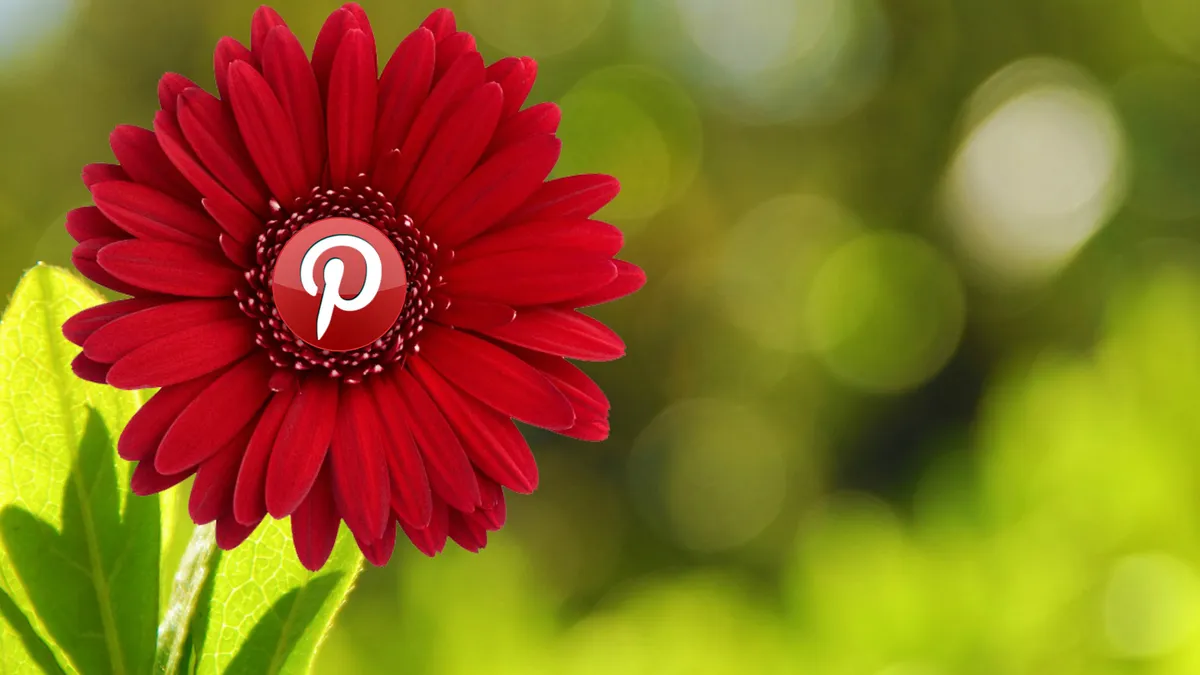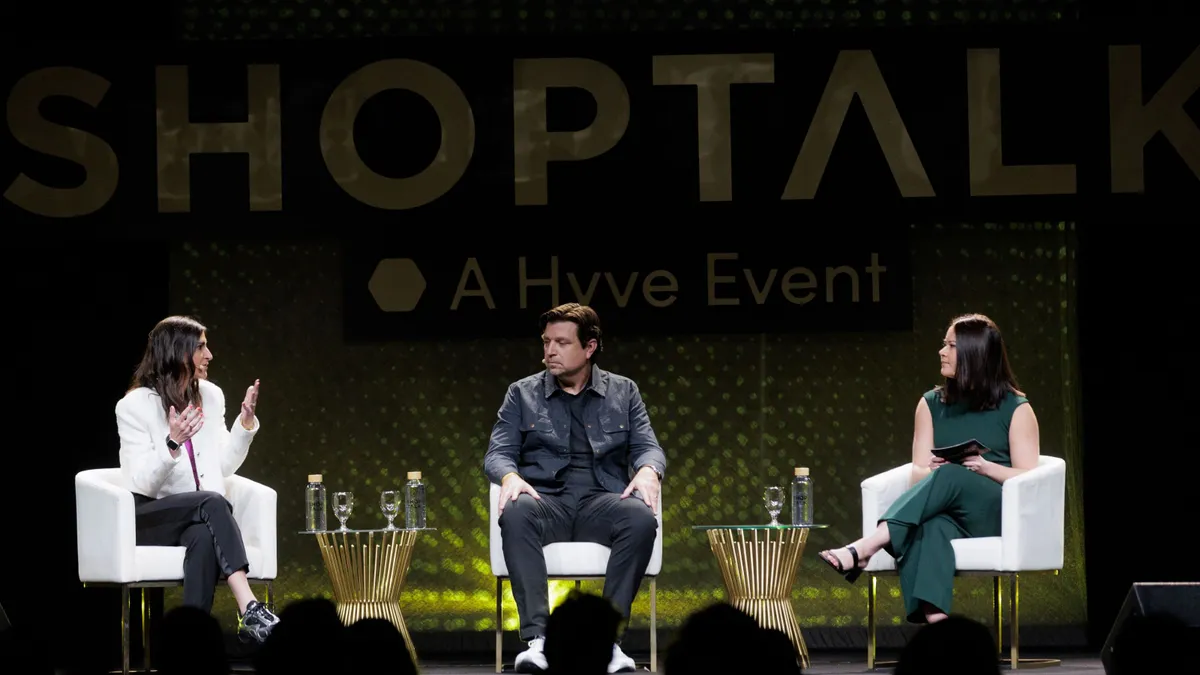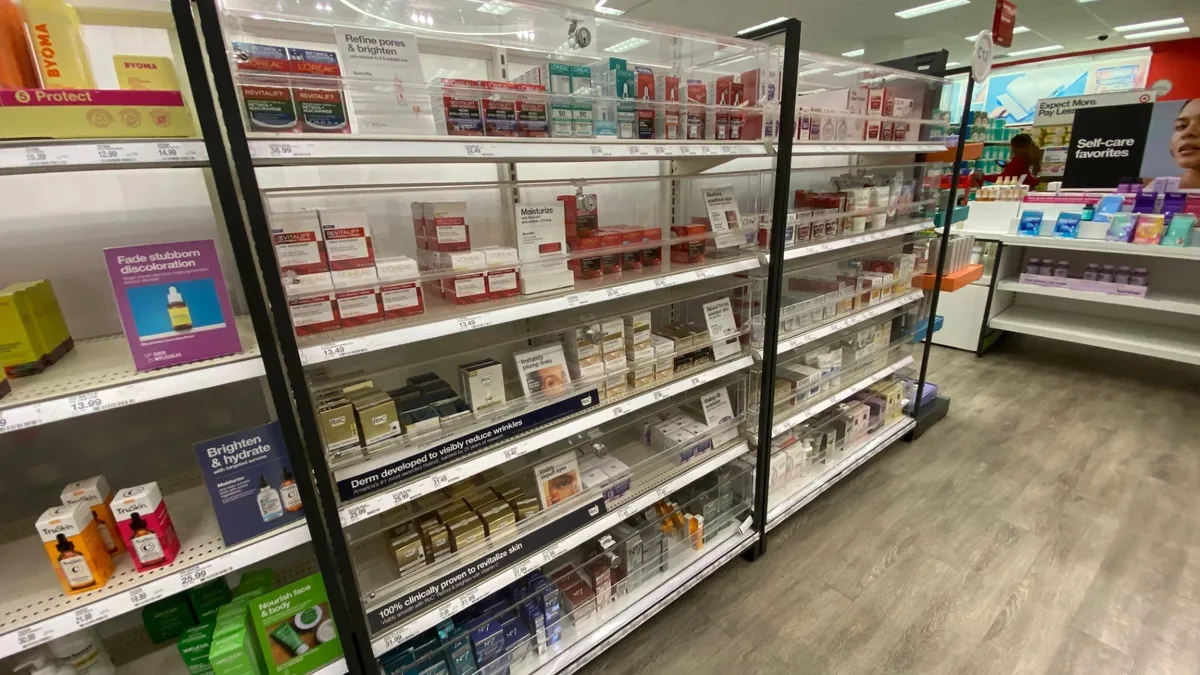Last year was a pretty good one for Pinterest. The visual bookmarking platform introduced a number of new advertising tools to attract brands, including a “buy” button In June. It reached 100 million monthly active users in September. But Pinterest hasn’t yet produced much of what companies need to be considered more than a startup — revenues.
According to documents obtained by TechCrunch, the company expected revenues to jump to $90 million in 2015 — an impressive number, but not much considering that the baseline figure is 2014’s total of just $25 million. Pinterest forecasts its revenues will reach $2.8 billion by 2018.
And while the company has been luring advertisers with new tools and developing new revenue streams aggressively in the last year, the question remains: Is 2016 the year that sees what’s been called “the perfect social discovery engine” start to pull its own weight?
Packed with potential
Pinterest’s vast potential lies in the fact that it is a consumer-curated log of individual interests, aspirations, and plans. Users (80% of whom are female) can browse vacation destinations, style tips, remodeling ideas or any number of other topics, Pin and organize them on Pinterest boards, and share the boards with other individuals and groups.
Each item or inspiration has a different position in the purchase funnel. Many items pinned will ultimately need to be bought, making Pinterest what would appear to be a powerful platform for brand and direct advertising.
“You’ve got consumers in ‘buy’ mode actively seeking inspiration with built-in sharing and network effects,” Aaron Goldman, CMO of the data science firm 4C Insights, told Adweek’s SocialTimes. “There’s not a ton of competition, and inventory is quite a bargain.”
In the last year, Pinterest has stepped up efforts to capitalize on that potential by launching a range of advertising tools, including Promoted Pins, which aid advertisers in creating product discovery, and Cinematic Pins, which offer online video promotion. Thousands of larger retailers have used Promoted Pins so far, and starting this month, U.S. businesses of all sizes will be able to buy them through a self-service dashboard.
Souping up shopping
In June, the platform introduced a “Buyable Pin” that allows members to purchase items wherever it appears on boards and in search results. Any “buy” button is limited to what the platform and retailer can guarantee is in-stock today, however, said Forrester Research analyst Sucharita Mulpuru in a recent report, and Pinterest’s infinite choices makes it difficult to blanket the site with e-commerce options.
“Only a small number of items will be ‘buyable,’” she wrote. “Given Pinterest’s broad categories and breadth of photography, I expect the overlap will be relatively small.” Furthermore, Pinterest doesn’t make any money from retail sales, relying instead on Buyable Pins to underwrite its advertising products.
Enhancements to Pinterest’s shoppability in recent months include location-based search results and a PriceDrop notification for the cost-conscious. Pinterest is also beefing up its mobile image search tools to deliver similars, a move that could perhaps perhaps take a bite of Google’s text-based search revenues.
Last month, the company acquired two startups that could help build out additional e-commerce and search capabilities: The Hunt, which crowdsources shopping for items based on image results; and Pext, an app that matches images to users’ text messages to create memes.
“As some of the best minds in mobile shopping, monetization, and image indexing technologies, their contributions will be incredibly valuable as we continue to build a discovery engine that helps people plan their everyday lives,” said Michael Lopp, Pinterest’s head of engineering, in a statement.
From valuation to value
Backed by more than $1.3 billion in venture capital from Andreessen Horowitz, Bessemer Venture Partners, Rakuten and others, Pinterest was No. 9 on The Wall Street Journal’s list of billion-dollar startups in 2015 with a valuation of $11 billion. But to truly “build a platform with the scale and engagement of Facebook and the purchasing intent of Google,” as Andreesen says, Pinterest will need to scale at an unprecedented rate in 2016 to head off other image-based networks.
Among the platforms that could steal Pinterest’s thunder are image-sharing sites such as Tumblr and Imgur — Reddit’s so-called Pinterest for men, where eBay, Sony, Warner Bros., Universal Pictures and Starz have staged campaigns. Google, too, could displace Pinterest by making its image search more shoppable. And Pinterest’s most formidable competitor is Facebook's Instagram, which has attracted legions of brands with a splashy interface and its parent company’s advanced targeting tools.
While Pinterest charges advertisers based on engagements such as re-pins and click-throughs, it doesn’t yet have the advanced segmenting and targeting capabilities of Facebook or Google. Promoted Pins, for example, only sort for a few dozen criteria.
“The result of such limited targeting is unclear ad performance: Pinterest can’t cite any success data for Promoted Pins aside from an increase in earned impressions,” Forrester Research analyst Nate Elliott wrote in a blog post last year.
“Many marketers just can’t seem to find success on Pinterest,” he added. “Barely one-half of top brands maintain branded Pinterest boards—and those that do are unsure what to post, collect few followers, and see little user interaction.”
In mid-2015, for instance, cosmetics brand Elizabeth Arden opted to concentrate its social efforts on Instagram instead, citing extremely low levels of engagement for organic searches and Promoted Pins in ending its presence on Pinterest. “Pinterest doesn’t feel like it’s gaining traction,” global directing marketing lead Denna Singleton said at a Digiday summit.
Other brands such as Lowe’s, L.L. Bean and Nordstrom have had more success in creating buzz around their brands, but Pinterest has also shown weakness in producing conversions and sales. Almost two-thirds (64%) of U.S. retailers online named Facebook as their leading source of social media sales conversions, a survey from ChannelAdvisor says, while Pinterest was only 7% of U.S. retailers’ top pick.
If Pinterest (perhaps fueled by an IPO) can turn those attitudes around and deliver customers to advertisers in 2016, it will become a formidable showroom for shoppers and retailers alike — and one day justify its $11 billion valuation. If not, the online bulletin board could quickly become the MySpace of social shopping.






















